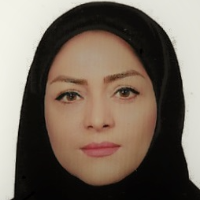Validation of the Conceptual Model for the Virtual Mathematics Curriculum in Primary Education: A Case Study of the Educational System in Tehran
This research aimed to validate the conceptual model of the virtual math curriculum for primary education. The research method was descriptive-survey type, including exploratory and confirmatory factor analysis. The statistical population consisted of primary school teachers from grades one to six in Tehran's education system. The sample size was determined using a multi-stage random cluster sampling method, resulting in 112 selected teachers. Data were collected using a researcher-developed questionnaire with 57 items on a 5-point Likert scale, designed to evaluate the internal validity of the model. For data analysis, descriptive statistics including mean, standard deviation, skewness, and kurtosis were used, and for inferential statistics, structural equation modeling and confirmatory factor analysis were conducted using Smart PLS software. The results of the analyses indicated that the proposed model had a good fit, and all conceptual relationships were significant based on the confirmatory factor analysis. Finally, the model was refined through focus group sessions with curriculum specialists in mathematics and education experts. The final virtual math curriculum model includes 48 components, divided into 11 components in the objectives dimension, 10 components in the content dimension, 15 components in the teaching-learning methods dimension, and 12 components in the evaluation methods dimension.
-
Explaining the necessity of a virtual mathematics curriculum for elementary education
Mina Alireza Khazabi*, Alireza Araghieh, , Abbas Khorshidi
Journal of Teaching and Learning Research, -
Metasynthesis in definitions and components of statistical thinking
Anahita Komeijani, Ebrahim Reyhani*, , Ehsan Bahrami Samani
Andishe-ye Amari,



